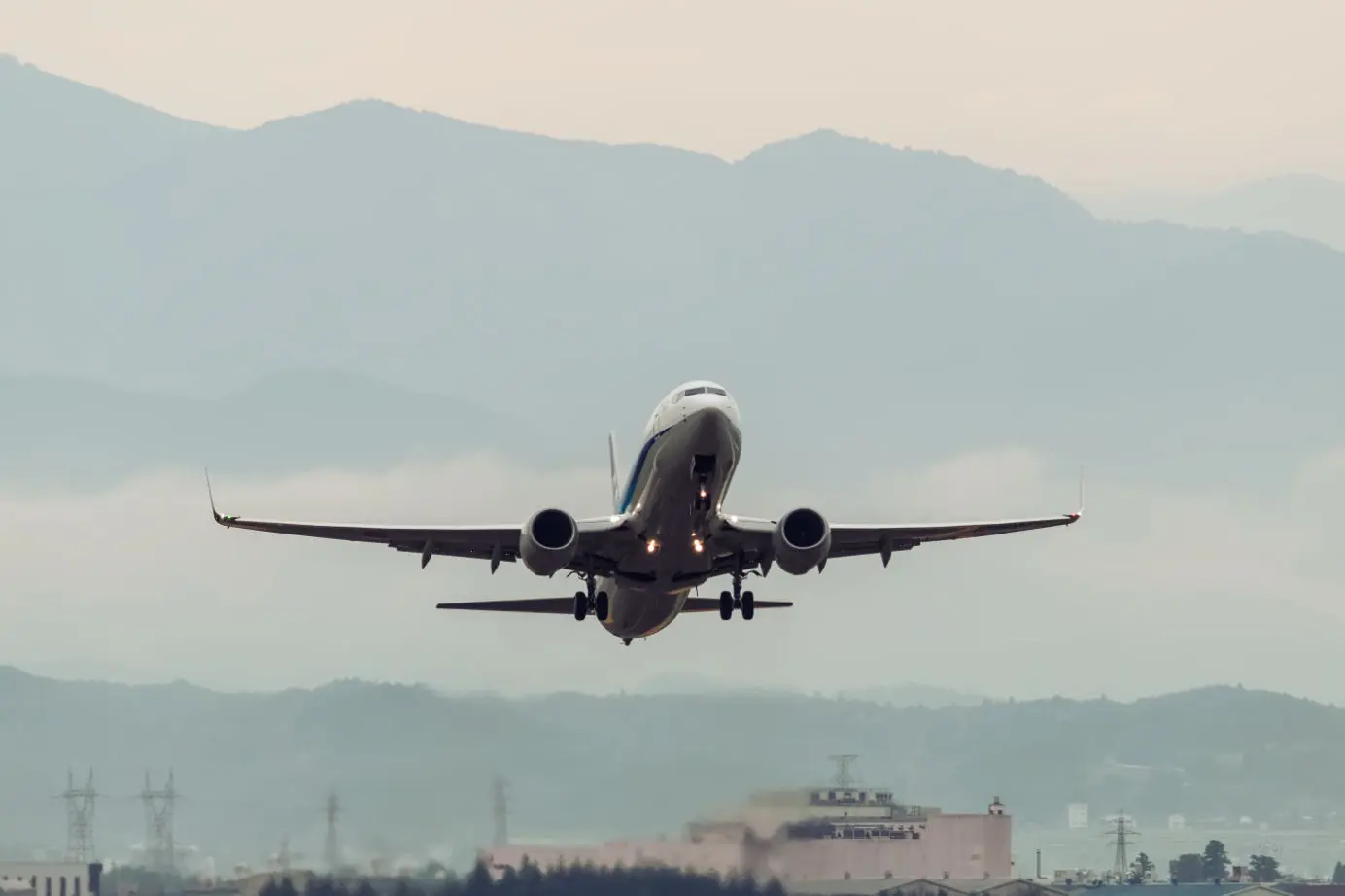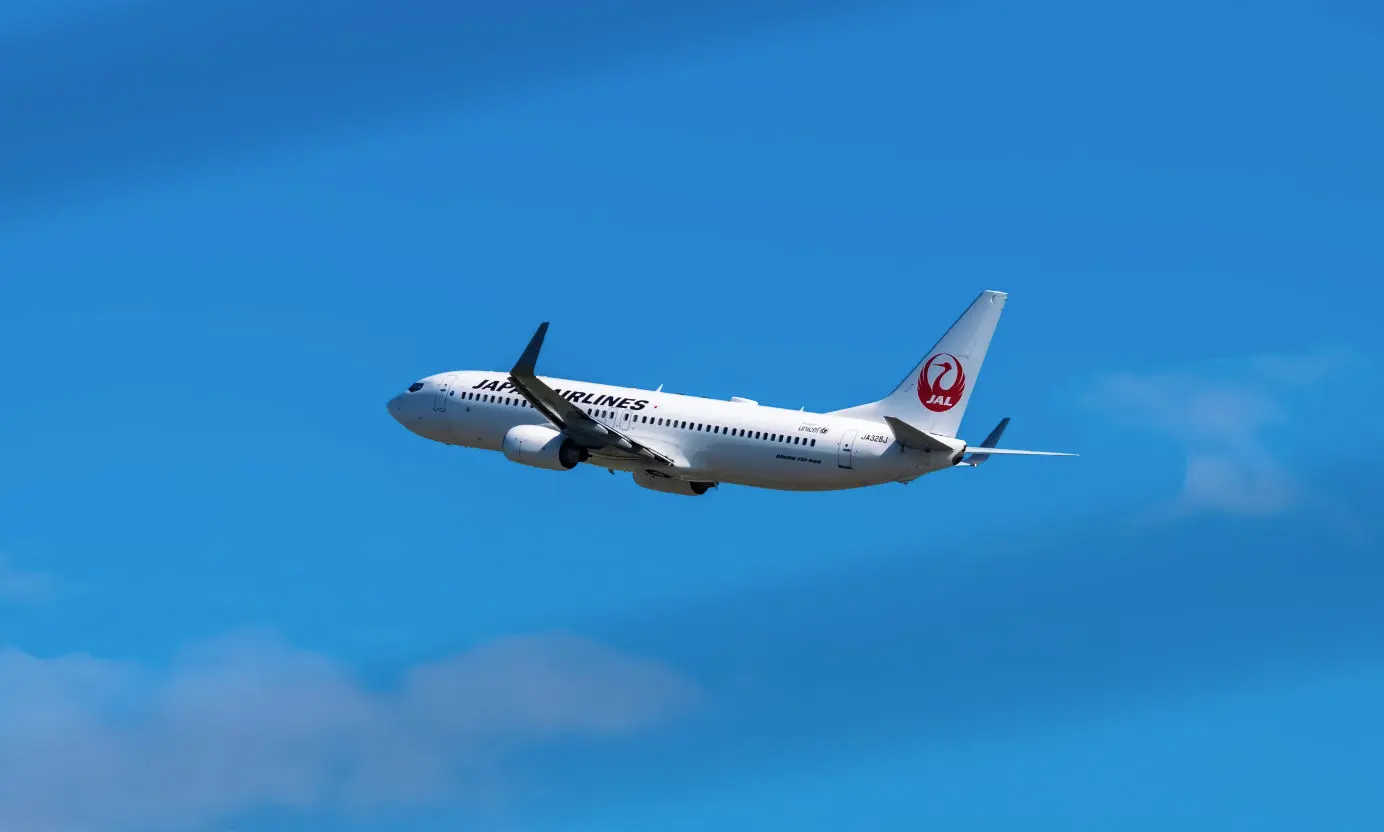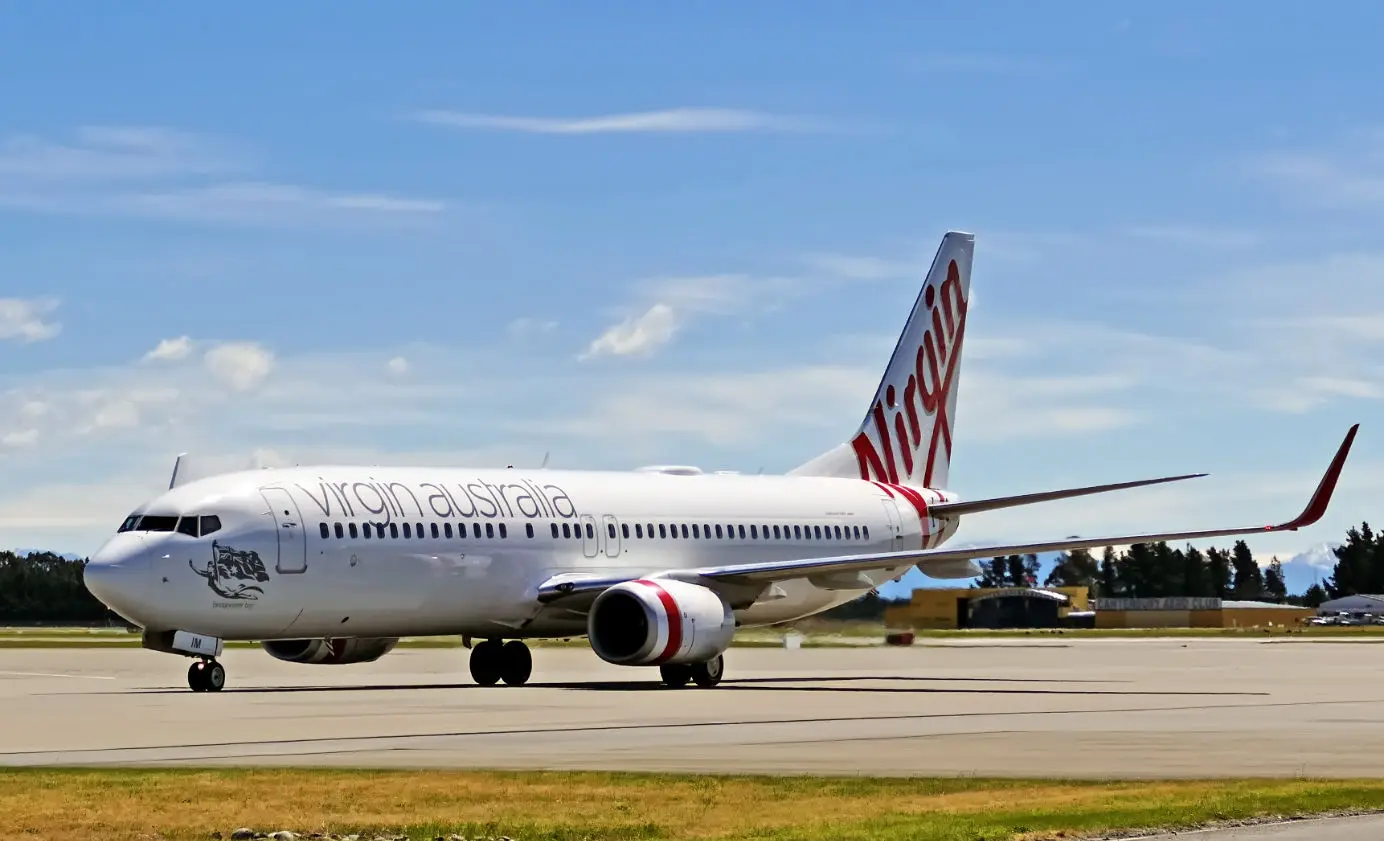
The Fuel Consumption of a Boeing 737
Have you ever wondered how much fuel a Boeing 737 will burn on an average flight? Find out all you need to know here.
Table of Contents
Writing about the fuel consumption of an aircraft always presents a bit of a challenge. This is because there is no way in which a person can be 100% accurate when discussing fuel burn rates. There are a lot of factors at play. These are factors that will need to be considered during the refueling of an aircraft. It is a rather complicated calculation.
That being said, we aren't fuel experts. We aren't the ones (thankfully) needing to carry out those complicated calculations multiple times per day. What we can do, however, is give you a rough overview of the fuel consumption of a Boeing 737. We can also give you an idea of some of the factors that may bump up the amount of fuel that the Boeing 737 is consuming.
As a note, we are aware that there are multiple Boeing 737 models. We aren't going to be taking a deep dive into each and every one of them. This is but a mere overview.
The Fuel Consumption of a Boeing 737
On average, a Boeing 737-800 should be burning through about 5,000 lbs (2268 kg) of fuel per hour of flight.
This generally levels out a little bit. This is because the Boeing 737, like all aircraft, will burn a lot more fuel during the take-off than it would when they are cruising through the sky. This means that for longer flights, the average may be ever so slightly below 5,000 lbs (2268 kg), while shorter flights will be burning through more fuel per hour because there is less 'cruising'.

Of course, when refueling an aircraft, there will always be more fuel put into the aircraft than this average. In fact, it would be pretty dangerous to put in just enough fuel for an hour (i.e. that 5,000 lbs), even if the aircraft is flying for just an hour. This leads us neatly to the next section.
What Can Impact The Fuel Consumption Of An Aircraft?
In the previous section, we talk about how the Boeing 737 is going to be burning more fuel on the take-off. It will also be burning less fuel when it lands. When it is cruising it is (mostly) a steady rate of fuel burn. However, there are factors that will influence how much fuel is being burned.
The heavier the aircraft, the more fuel will be burned. Simple as that. Adding one extra person or one extra bag to the plane can increase fuel consumption - although, it is going to be very negligible in an aircraft. If you were adding an extra person to a car that you are driving, then you would notice a more substantial increase in fuel consumption. With an aircraft, it would take dozens and dozens of extra people before an increase in fuel consumption really becomes an issue.
Speed is also going to be a subject here. The faster an aircraft flies, the more fuel is burned. However, there is going to be a little bit of a balancing act here. While flying faster burns more fuel, a longer flight (due to flying slower) may burn more fuel due to the flight taking longer. Again, this is something that most airlines and pilots are not really going to need to worry about.
The main impact on fuel consumption will be the air itself.
An aircraft needs as little air resistance as possible (while still having enough airflow over and under the wings to generate lift). This is why aircraft fly at high altitudes. The air is thinner there, and thus much less air resistance. A Boeing 737 flying at a low cruising altitude (which often happens during shorter flights) will burn far more fuel than a Boeing 737 flying several thousand feet higher.

The weather will also play a role. Windy? High amounts of turbulence? Lots of clouds that are being flown through? All of these will increase the drag of an aircraft, again leading to increased fuel consumption.
All of this needs to be considered when the amount of fuel is being loaded into the aircraft. You don't want to underload an aircraft with fuel, nor do you want to overload it. If you overload it, then the plane will be carrying more weight which leads to increased fuel consumption.
On top of all of this, you also need to consider the fact that an aircraft may need to circle before landing. You can't just have enough fuel to get from point A to point B. Although, circling fuel consumption is out of the scope of this guide as fuel consumption rates don't necessarily increase unless an aircraft spends a ton of time circling at a low altitude.
Final Thoughts
The average Boeing 737 will be burning off about 5,000 lbs (2268 kg) of fuel an hour. This may increase on shorter flights, either because there is less cruising time or because the aircraft is flowing at a lower altitude. In all cases, the refueling calculations of an aircraft will carefully consider how much fuel an aircraft needs. Not so much that the weight is increased drastically, but not so little that there is a danger the aircraft may not reach its destination.
Also read:
Planenerd Newsletter
Join the newsletter to receive the latest updates in your inbox.






